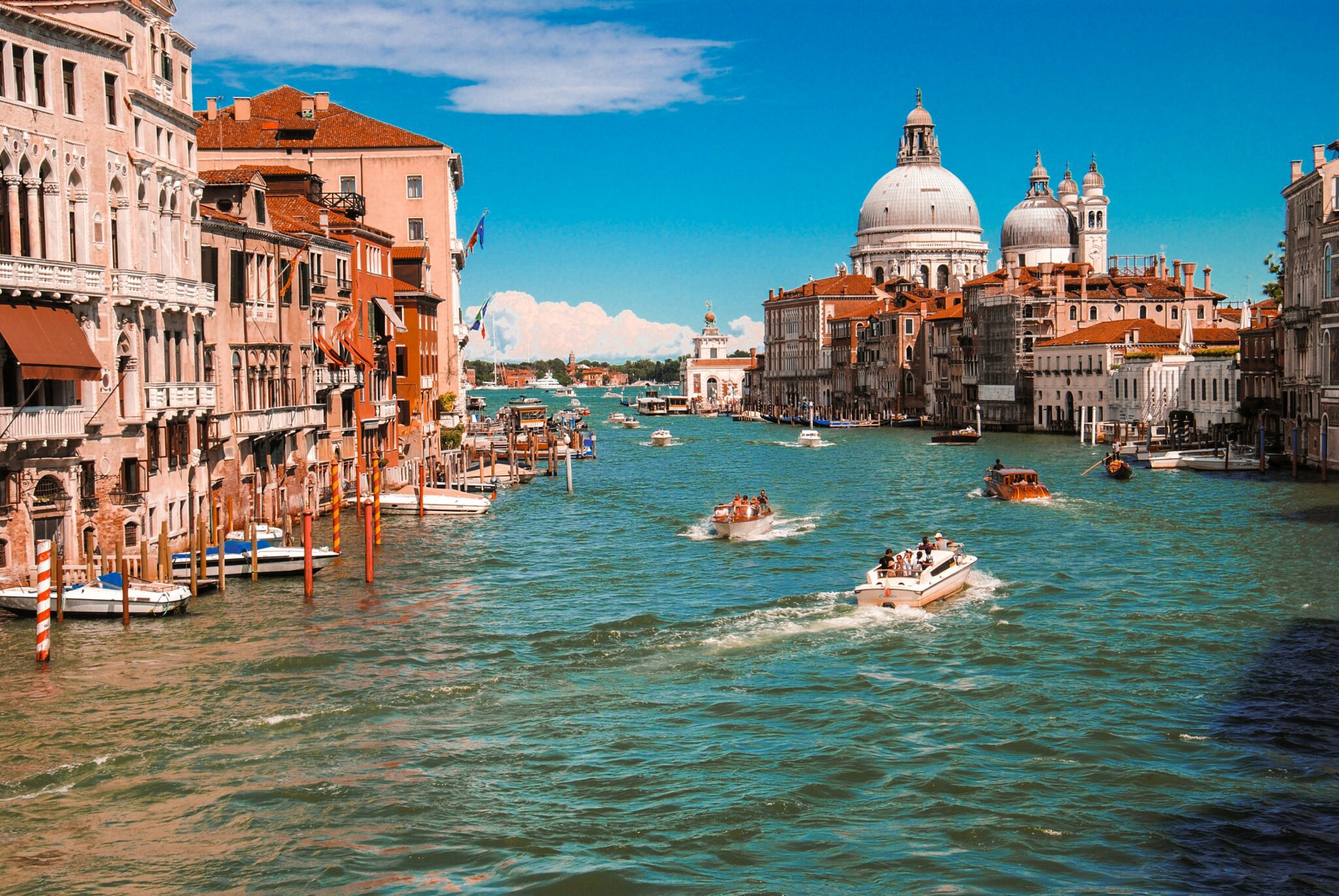Venice Launches Tourist Entry Fee: 6 Facts to Know
3 min read
Skift Take
Venice is likely the first city to charge a fee to access its central area. Using entry fees, Venice is testing a system to manage tourist flows.
Day tourists are now charged an entry toll whenever they set foot in Venice’s historic center during peak periods. The city began charging day tourists an entry fee of 5 euros (around $5.30) on Thursday.
Tourists can register and pay the fee on a government website or pay when they enter the city. A QR code will be sent to their phone, which inspectors can spot-check as tourists wander the city.
Why it matters
Venice is one of the world’s most popular destinations. The city and its surrounding region had over 13 million tourists in 2023, according to the Italian government.
The fragile city has had problems with overtourism. Last year, UNESCO considered adding Venice to its list of endangered World Heritage sites.
The city’s mayor said the program is a test of an attempt to curb overtourism.
Here are six key facts about the new tourist fee:
1. Tourists who don’t pay the fee could be fined
The city has 35 inspectors who will randomly check on tourists who make it past the entrance point without paying the fee. Inspectors will fine those who break the rules.
On the first day, nearly 14,000 people were checked.
2. Venice is checking tourists at entry points
At the train, bus, and main entrance points, city “stewards” will check tourists’ QR codes and collect fees from tourists if they don’t have one.
The city has employed 35 steward inspectors in 15 control points, including the train and bus stations.
3. The entry fee system is a pilot program and makes some exceptions
The test spans 28 days, through July 14. The fee is charged on peak days in April, May, June and July.
“The experimentation will be medium-long, we must collect data and information to then calibrate the system,” said the city in a statement.
Residents, tourists staying in hotels, students, commuters, and those born in Venice are exempt from paying the entry fee.
4. Some locals have protested
According to news outlets, around 300 locals protested the new fee on the first day. Some residents said these protests were smaller than recent ones criticizing the growth of the cruise industry’s impact on the city.
“I was expecting many more people for yesterday’s bank holiday in Italy, St.Mark’s Day, and in comparison to previous protests,” said Anthony La Salandra, a Venice resident of 20 years and managing director for Riposte Turismo, a tourism research and consulting firm.
“Anyone who thinks there is a silver bullet or a single solution to resolve complex situations in today’s global tourism is wrong,” La Sandra told Skift.
5. The early impact is modest, given the off-season
On day one, less than 16,000 tourists paid the entry fee. So far, 113,000 people have registered, of which 15,700 paid. The other registered people were exempt from paying the fee.
The entry fee is only about $5.30 (€5). So it will be tough to deter some travelers, considering international travelers often have big budgets.
The city is considering other actions. Earlier this year, it started limiting group tour sizes to 25. Overnight tourists already pay a hotel tax.
6. The entry fee may not last
Some critics believe the entry-fee scheme, proposed for years, is more about raising money than combatting overtourism because they question whether it will effectively address the problem.
A survey by Les Ailes de Venise, a group of self-styled advocates for the city, found that a majority supported the fee only if it helped finance conservation efforts.
However, other efforts to expand Venice tourism are ongoing, such as the possible construction of budget hotels in the Mestre region and the expansion of the nearby Marco Polo airport.


